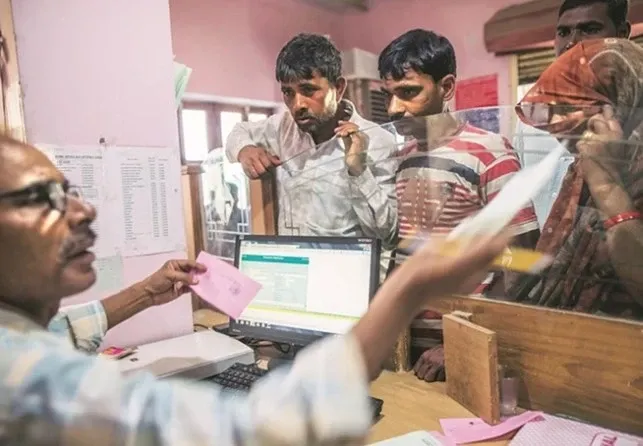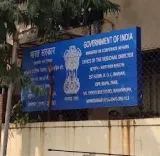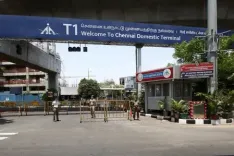What Does the Latest Bank Report Reveal About Financial Inclusion in West Bengal?

Synopsis
Key Takeaways
- Low average savings in rural West Bengal highlights economic struggles.
- Minimal loan access reflects poor financial credibility.
- SLBC report shows CD ratio concerns for the state.
- Agricultural dependency affects disposable income.
- SHGs could enhance financial inclusion if implemented effectively.
Kolkata, July 30 (NationPress) A recent report from a reputable banking association has uncovered the alarming state of institutional financial inclusion for residents in rural West Bengal.
The findings show a dismal performance in both the deposits collected and the loans issued by rural branches operating in the area.
This troubling scenario was highlighted in the latest report by the State Level Bankers' Committee (SLBC) in West Bengal, which includes representatives from various banks and the state government.
The report indicates that the average savings deposit per individual in rural West Bengal is a mere Rs 279 per month, while the average loan amount per person stands at just Rs 19.
Experts note that the low savings deposit rate suggests a lack of disposable income among the rural population, while the minimal loan amount reflects their insufficient financial credibility to secure institutional loans.
Furthermore, these statistics reveal a concerning credit to deposit (CD) ratio in the state, with West Bengal historically lagging behind the national average.
The CD ratio is calculated by dividing the total deposits in a state by the total loans issued in a given financial year.
Analysts argue that the low disposable income, which hinders regular savings, points to inadequate employment opportunities in rural West Bengal and a heavy reliance on agriculture—an industry that is struggling due to fragmented land holdings.
Additionally, experts believe that the self-help group (SHG) model, which is meant to provide alternative income sources outside of farming, is not being effectively implemented in rural West Bengal.
SHGs not only generate disposable income for their members to save but also enhance the CD ratio, as they are a significant contributor to institutional loans.
Lastly, economists highlight that stagnant wages in the unorganised sector within rural West Bengal further hinder institutional financial inclusion.









